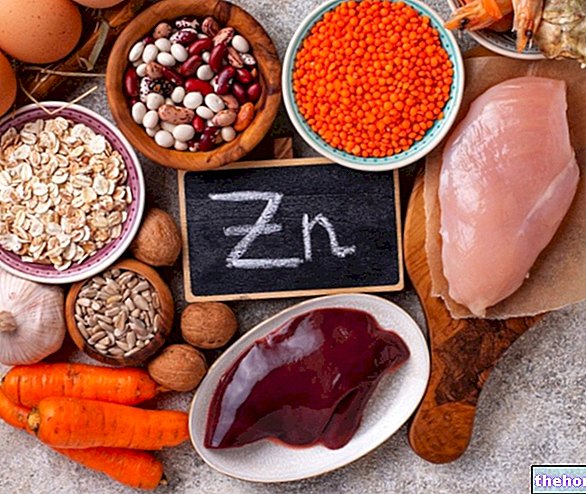
What is Optisulin?
Optisulin is a clear solution for injection that contains the active substance insulin glargine. It is available in vials, cartridges and disposable pre-filled pens (OptiSet and SoloStar).
What is Optisulin used for?
Optisulin is used to treat diabetes in adults, adolescents and children from six years of age when insulin treatment is required.
The medicine can only be obtained with a prescription.
How is Optisulin used?
Optisulin is given by injection under the skin in the abdominal wall (belly), thigh or deltoid region (shoulder). At each injection it is advisable to change the injection site to avoid skin changes (such as thickening) which may be at the origin of a lower insulin activity than expected. To find the minimum effective dosage, the serum level should be regularly monitored of glucose (sugar).
Optisulin is given once a day at any time as long as it is the same time each day. In children this should happen in the evening. In patients with non-insulin-dependent diabetes (type 2 diabetes), Optisulin can be given together with oral antidiabetic drugs.
How does Optisulin work?
Diabetes is a disease in which the body does not produce enough insulin to control the level of glucose in the blood. Optisulin is an insulin analog that is very similar to the insulin produced by the body.
The active substance in Optisulin, insulin glargine, is produced by a method known as the 'recombinant DNA technique': it is made by a bacterium with a gene (DNA) that makes it capable of producing insulin glargine.
Insulin glargine is slightly different from human insulin. This difference implies that it is absorbed more slowly and regularly by the body after injection and its action is long-lasting. Replacement insulin acts like naturally produced insulin. it helps glucose to enter cells from the blood and by controlling the level of glucose in the blood, the symptoms and complications of diabetes are reduced.
How has Optisulin been studied?
Optisulin was originally studied in 10 studies, for both type 1 and type 2 diabetes. A total of 2 106 patients were treated with Optisulin in all studies. The main studies compared Optisulin given once a day (in the evening before bedtime) and human insulin NPH (an intermediate-acting insulin) given once or twice a day.Rapid-acting insulin injections were also used during meals. In one study, type 2 diabetes patients also received oral antidiabetic drugs.
Additional studies were performed to compare Optisulin and human NPH insulin in children and adolescents between five and 18 years of age, 200 of whom were given Optisulin. Studies in 1,400 adult patients with diabetes were also performed. type 1 or type 2 to measure the effectiveness of Optisulin injected at any time of day and compared with an evening injection.
All studies measured the level of fasting blood glucose (measured when the patient had not absorbed food for at least eight hours) or a substance in the blood called glycosylated hemoglobin (HbA1c), which provides an "indication of the effectiveness of the control." blood glucose.
What benefit has Optisulin shown during the studies?
Optisulin induced a drop in the level of HbA1c, demonstrating that blood glucose levels were maintained at a level similar to that guaranteed by human insulin. Optisulin was effective in both type 1 and type diabetes. 2. However, children under the age of six were not numerous enough to determine the effectiveness of the drug in this group. The efficacy of Optisulin did not vary according to the time of administration.
What is the risk associated with Optisulin?
The most common side effect of Optisulin (seen in more than 1 in 10 patients) is hypoglycaemia (low blood glucose levels). Reactions at the injection site (redness, pain, itching and swelling) were seen more often in children than in adults. For the full list of side effects reported with Optisulin, see the package leaflet.
Optisulin should not be used in people who are hypersensitive (allergic) to "insulin glargine or to any of the other ingredients. Optisulin doses may need to be adjusted when given concomitantly with other medicines that may affect blood glucose levels. L" full list is given in the package leaflet.
Why has Optisulin been approved?
The Committee for Medicinal Products for Human Use (CHMP) decided that Optisulin's benefits are greater than its risks for the treatment of diabetes mellitus in adults, adolescents and children aged six years and above where treatment with insulin is required. The committee recommended the granting of a marketing authorization for Optisulin.
More information about Optisulin
On 27 June 2000, the European Commission granted Sanofi-Aventis Deutschland GmbH a "Marketing Authorization" for Optisulin valid throughout the European Union. The "Marketing Authorization" was renewed on 27 June 2005.
For the full version of the optisulin evaluation (EPAR), click here. Last update of this summary: 02-2009
The information on Optisulin - insulin glargine published on this page may be out of date or incomplete. For a correct use of this information, see the Disclaimer and useful information page.









.jpg)


















